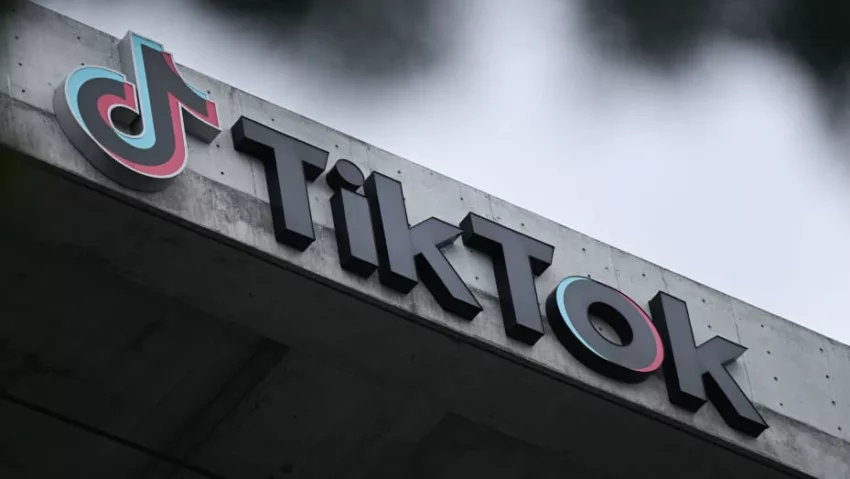TikTok is a social media platform that has taken the world by storm, with over 1 billion users globally. The app’s popularity has reached new heights in recent years, especially among younger generations. However, some universities have banned the use of TikTok on their campuses. In this blog post, we will explore the reasons behind this trend and help you understand why universities are banning TikTok.
Table of Contents
Introduction to TikTok
TikTok is a social media app that allows users to create and share short videos, ranging from 15 to 60 seconds long. The app has gained popularity due to its fun and engaging content, which includes lip-syncing, dancing, and comedy skits. The app also features a unique algorithm that tailors content to users’ preferences, making it easy to discover new and exciting content.
The Risks of TikTok
While TikTok’s popularity continues to grow, concerns have arisen about the app’s privacy policies and data collection practices. Here are some of the risks that universities are concerned about:
Data Collection
TikTok collects a significant amount of personal data from users, including location data, which could be used for targeted advertising or other purposes.
Cybersecurity Threats
There are concerns about potential security risks associated with using TikTok, including the possibility of hackers gaining access to user data.
Inappropriate Content
TikTok’s algorithm sometimes shows inappropriate content, such as hate speech or sexually explicit material, which could be harmful to younger users.
Why Are Universities Banning TikTok?
Given these risks, it’s no surprise that some universities have decided to ban TikTok. Here are some of the reasons why universities are taking this step:
Data Privacy Concerns
One of the main reasons universities are banning TikTok is due to concerns over data privacy. TikTok has been accused of collecting and sharing user data with the Chinese government, as the app is owned by a Chinese company called ByteDance. This has led to concerns that sensitive data, including personal information, may be at risk of being accessed by foreign governments, potentially compromising national security.
Inappropriate Content
Another reason why universities are banning TikTok is due to concerns over inappropriate content. While the app has a minimum age requirement of 13, there have been reports of users as young as eight years old using the app. This has led to concerns over the potential exposure of young people to inappropriate content, including explicit language, sexual content, and violence.
Cyberbullying
TikTok has also been associated with cyberbullying, a form of online harassment that can have serious mental health consequences. The app has been criticized for allowing users to make hurtful comments and engage in negative behavior towards others, leading to a rise in cyberbullying incidents among young people.
Distraction from Studies
Finally, some universities are banning TikTok due to concerns over its potential to distract students from their studies. With the app’s addictive nature and the potential for users to spend hours scrolling through videos, there is a risk that students may spend less time studying and more time on the app, potentially impacting their academic performance.
Alternatives to TikTok
If you’re a student who loves creating and sharing videos, but your university has banned TikTok, don’t worry. There are other alternatives that you can use to express yourself and connect with others. Here are some of the most popular TikTok alternatives:
1. Instagram Reels
This feature allows users to create and share short videos, similar to TikTok. Instagram Reels is a feature on Instagram that allows users to create and share short-form videos, similar to TikTok. Reels were launched in August 2020 and have since gained popularity among users, especially those who enjoy creating and sharing fun, engaging, and creative content.
To create a Reel, users can open the Instagram app, swipe right from the home screen to access the camera, and select the Reels option. From there, users can start recording a video, which can be up to 60 seconds long. Reels also offer a variety of editing tools, including music, filters, and text overlays, which can be added to enhance the video.
2. YouTube Shorts
YouTube Shorts is a relatively new feature on YouTube that allows users to create and share short-form vertical videos, similar to TikTok and Instagram Reels. This feature was launched in September 2020 and has since gained popularity among users, especially those who enjoy creating and sharing fun, creative, and engaging content.
To create a YouTube Short, users can open the YouTube app on their mobile device, tap the ‘+’ icon at the bottom of the screen, and select the ‘Create a Short’ option. From there, users can start recording a video, which can be up to 60 seconds long. YouTube Shorts also offers a variety of editing tools, including music, filters, and text overlays, which can be added to enhance the video.
3. Triller
Triller is a social media platform that allows users to create and share short-form videos, similar to TikTok and Instagram Reels. The platform was launched in 2015 and has since gained popularity among users, especially those who enjoy creating and sharing engaging and creative video content.
To create a video on Triller, users can open the app, select the camera icon, and start recording a video. The platform offers a variety of editing tools, including music, filters, and text overlays, which can be added to enhance the video. Triller also has a unique feature called “Auto Edit,” which automatically edits the video for users, making it quick and easy to create engaging content.
Dubsmash
Dubsmash is a social media app that allows users to create and share short videos, where they lip-sync to famous audio clips from movies, TV shows, and songs. The app was launched in 2014 and has since gained popularity among users who enjoy creating and sharing fun and engaging video content.
To create a video on Dubsmash, users can select an audio clip from the app’s extensive library of sounds, then record a video of themselves lip-syncing to the clip. The app also offers a variety of editing tools, such as filters and text overlays, that can be added to enhance the video.
Conclusion
TikTok’s popularity has raised some concerns among universities, particularly around data privacy and cybersecurity risks. While some universities have banned the app, there are alternatives available for students who want to create and share short-form video content.
It’s essential to weigh the risks and benefits of using any social media platform and to be aware of your school’s policies around social media usage.
- What Does the Red Heart Mean on Snapchat? - April 23, 2024
- What Is a TF Card and How Does it Work? - April 20, 2024
- 10 Best Instagram Reels Downloader in 2024 - April 17, 2024





